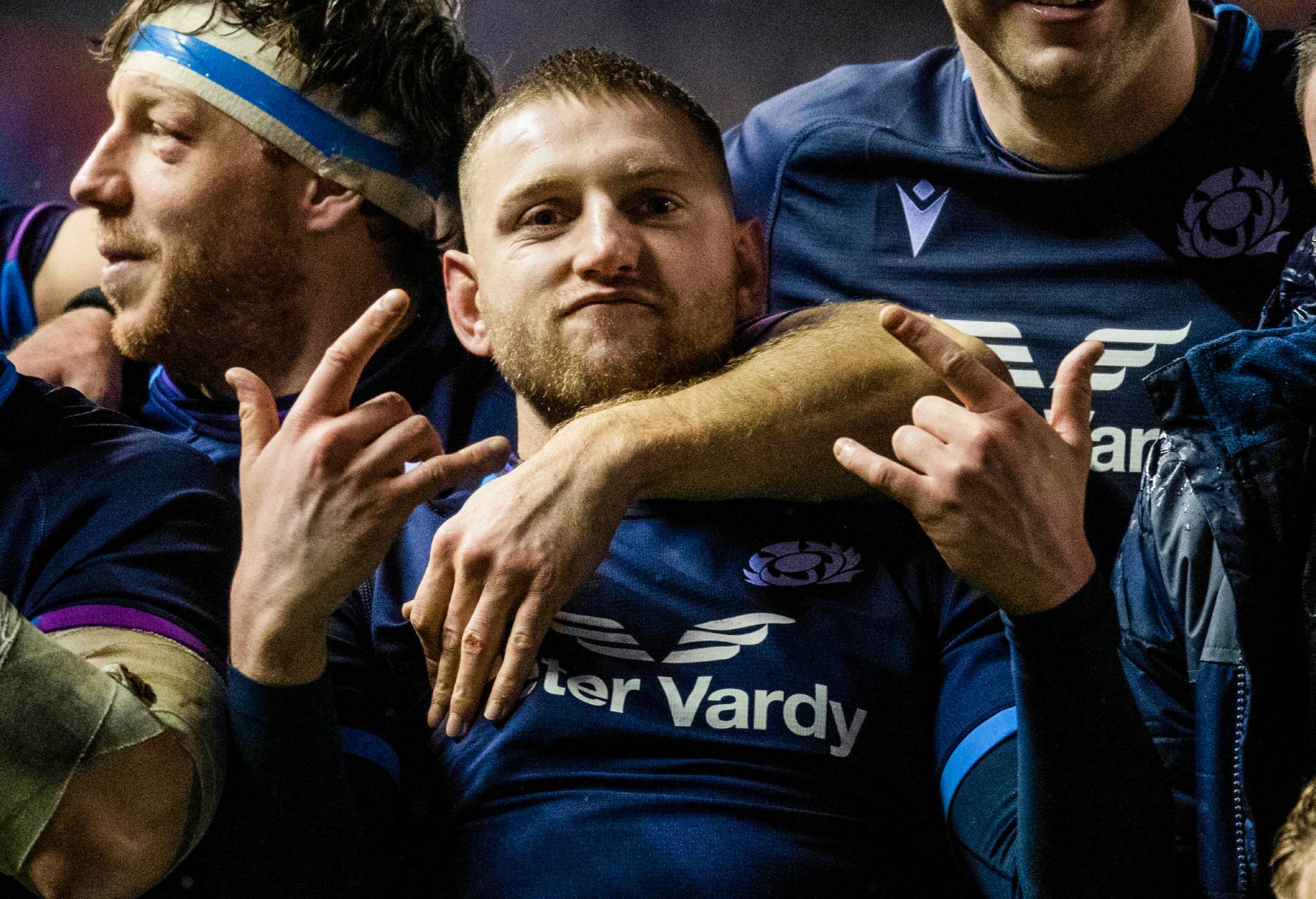Expert

The British and Irish Lions will remain more British than Irish. Just.
The Irish coach from the north of England has chosen five opensiders with just three pure locks and a mob of hybrid tight-loose forwards, in one of the least scintillating (musically or visually) announcement ceremonies our staid sport has ever devised.
Andy Farrell and his brain trust appear to have decided this series in Australia will turn on the vagaries of the breakdown more than set piece.
Grunt and length in the second row must come from his captain, Maro Itoje, and big Scott Cummings; guile and set piece excellence from veteran Leinsterman James Ryan.
Swing-lock Tadgh Beirne was likely the sixth or seventh overall pick after even surer things like Itoje and world class hooker Dan Sheehan, scrumhalf Jamison Gibson-Park, and the much-maligned but superb Finn Russell. His fellow “big six” Ollie Chessum may have been among the last choices.
The pack has clarity in the front row with Sheehan’s club and country understudy Ronan Kelleher either being propped up by Bath carrier and strongman Will Stuart plus Ellis Genge, or their very own Leinster pals Andrew Porter and Tadhg Furlong. Porter’s questionable angle and Furlong’s nagging injuries could yet open the door to Scottish props Zander Fagerson and Pierre Schoeman, but the main point is: the Lions have three classy front rows.

Ellis Genge. (Photo by Will Russell – RFU/The RFU Collection via Getty Images)
Not so in the second row.
Lions tours in Australia have tended to be decided by the front five. There is a question mark this time which may give the Wallabies hope.
The Lions locks — bar 80-minute Itoje — must fit into the larger lineout-and-loosie scheme. Ryan and Cummings can call lineouts and clean rucks in a conventional second row; Beirne seldom plays six now but might be more valuable at flank to be a legitimate third lineout option and extra ball-slower, as well as upsizing the rather small Lion pack.
Fiery breakaways Tom Curry, Ben Earl and Henry Pollock (20) all made the cut from England, and for good measure, former World Player of the Year Josh van der Flier and stubborn Welsh warrior Jac Morgan. No Jack Willis or Rory Darge or Jamie Ritchie, but all three should plan a holiday in Australia.
The only traditionally sized No.8 with deep experience manning the role is already Lion, Jack Conan. Gainline battles — crucially in the red zones or from a standing start with Rob Valetini and Harry Wilson, Angus Bell and Taniela Tupou loom large for the tourists, given Itoje’s mastery is definitively on one side of the ball (defence) and only Beirne able to consistently win head to head bear battles in pod attacks, the Lions props needed to attend rucks.
The presence of young star Pollock (and awfully timed injury to Caelan Doris) likely ends a few veterans’ hopes of ever touring as a Lion: is he worth the gamble? Willis is one of those players who can battle Fraser McReight and Carlo Tizzano in a breakdown war, but Farrell has decided to ride into battle without a proven last reinforcement (for now).
In the backline, Farrell chose rising English playmaker Fin Smith over his son Owen and young Irish guns, Jack Crowley and Sam Prendergast, dispelling premature fears of favouritism both by the head man and his flyhalf whisperer Johnny Sexton, who famously has friction with the Scottish conjurer of tries, Finn Russell.
Russell will be seen as the safest choice, a statement which shows how much rugby has shifted. We cannot know which of Marcus or Fin Smith occupy the finisher flyhalf position because we do not know if the Lions will use a 6-2 bench (Marcus would be best) or whether the three pitches (and game plans) differ much, and the result in Brisbane may provide impetus for one or the other.
Unlike at No.8, the specialist fullback role does have at least three practitioners tested at the highest levels and a fourth ready: Hugo Keenan (proper fullback), Blair Kinghorn of Toulouse, and Marcus Smith, who became England’s No. 15. Long boot Eliot Daly slots in, yet again, with versatility his coin (wing, thirteen, fullback) and this causes us to see the Lions wings more as specialists: Duhan van der Merwe sent to batter, Mack Hansen and James Lowe to replicate their Irish roles as playmaker wings but definitely wings, and the barnstorming try magnet Tommy Freeman.

Finn Russell. (Photo by Ross MacDonald/SNS Group via Getty Images)
The unluckiest cut may have been Darcy Graham, if not poor old George Ford. Both are small against a big team; but both rarely make big errors, and are tactically more astute than most. Ben White is another one who may have been surprised to lose out. Tomos Williams is a better sniper, and he also defends well.
In the end, we see from Farrell a game day 23 with logical combinations:
Two interchangeable midfields (Scottish or Irish)
Three solid front rows (English, Irish, Scottish)
A back five in the pack more than a tight five up front
A few veteran game managers (Gibson-Park, Russell, Daly, Keenan) but game-chasers if needed (Kinghorn and the Smiths, plus Mitchell or Williams)
Try bandits on the wing
This team is not selected in a vacuum; Joe Schmidt’s possible moves are preemptively considered, and he is more constrained by depth.
Game on!